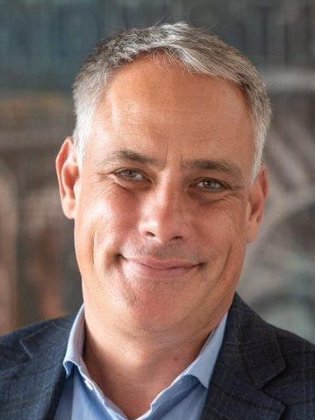Digital engineering services
Digitize what you make, revolutionize how you make it. Use data and AI to reinvent your engineering, manufacturing, infrastructure and capital projects. Drive more efficient and sustainable operations, greater productivity, customer relevance and growth.
Digital engineering & manufacturing now
$1B
Is the average investment companies will make in manufacturing and supply chain resiliency
68%
of companies plan to boost investments in multi-skilled workforce over 3 years to enhance agility
78%
of companies will use multiple manufacturing sites in 3 years’ time to boost flexibility, responsiveness and sustainability
$1.6T
is the potential revenue growth left on the table annually by companies, as engineering, supply, and production vulnerabilities are exposed by disruptions
Reinvent with digital engineering & manufacturing
What will you gain by automating your operations?

Improve project performance and outcomes, now and for the future

Launch new and improved products faster at reduced costs
How to design products customers actually love

Upgrade from reactive to proactive solutions with data and AI
Level up your manufacturing. Team people with automation and robotics
How can you grow customer loyalty and revenue post-sale?
Areas we support
-
Engineering Services
Engineering ServicesEngineering Services
From prototyping and design to systems engineering, testing and validation, our engineers work right at the heart of your products.
-
Supply Chain
Supply ChainSupply Chain
Reimagine, build and operate your supply chain network to orchestrate change, simplify life and positively impact business, society and the planet.
-
Software Defined Vehicles
Software Defined VehiclesSoftware Defined Vehicles
Build and monetize digital platforms to create, deliver, and continuously shape unique customer experiences.
What’s trending with digital engineering and manufacturing
Awards and recognition
Accenture named a leader in smart manufacturing
Accenture is positioned as a leader across three recently published IDC MarketScape reports. According to the recent reports, “Customers appreciated Accenture's vast knowledge and expertise, its global network of skilled professionals, and its ability to manage complex projects from start to finish, while keeping the big picture in mind.”
Accenture named a leader in Connected Product Engineering Services
Accenture is positioned as a Leader in Everest Group's Connected Product Engineering Services PEAK Matrix® Assessment 2024. “Clients appreciate Accenture for its effective project management, domain knowledge, technical expertise, innovations, and quality IPs across the value chain of connected product engineering services."
Our leaders

Nigel Stacey
Lead – Industry X, Global

Fay Cranmer
Senior Managing Director – Industry X, APAC Lead

Harin Shetty
Senior Managing Director – Industry X, Americas Lead

Götz Erhardt
Senior Managing Director – Industry X, EMEA Lead









